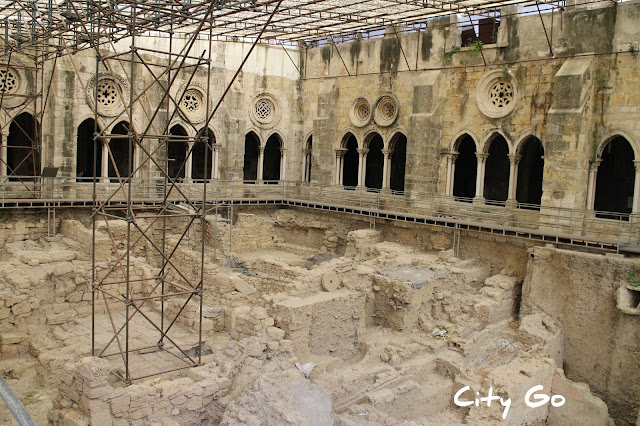Malia Palace, Greece
Malia Palace is located 3km east of Malia and, since the original name of the Palace is unknown (although thought to be Tarmaros or Milatos), it took the name of the nearby town. According to legend, the Palace was ruled by King Sarpedon, the third son of Zeus and Europa and brother of the legendary King Minos of Knossos. The palace is, in fact, the third largest of Minoan Palaces, occupying an area of 7,500 square metres.
It is thought that the original palace was built around 1900 BC, on top of some previous settlement, at a time when the other palaces were also being built and a powerful elite was emerging in the island. This palace was first destroyed and a new one was built around 1650 BC. The palace was finally destroyed, along with the other Palaces on the island, around 1450 BC, most likely due to an earthquake that hit the island. Excavators at Malia have concluded that at some point, probably around 1600 BC, Malia became a vassal of Knossos.
The excavations at Malia begun in 1915 by Joseph Hatzidakis and were continued by the French School of Archaeology. Most findings are exhibited at the Heraklion Archaeological Museum and some in the Museum of Agios Nikolaos. The Palace had two floors and was built around a central court. It included a loggia, a theatre, sanctuaries, royal quarters and workshops.
Opening hours: 8 am to 3 pm.
Entrance fee: €6
How to go: From Heraklion or Malia, take the KTEL bus and get off at the last stop, close to the Archaeological Site. From Heraklion, it takes about one hour and the ticket is €4.10 (2017 prices).













Comments
Post a Comment